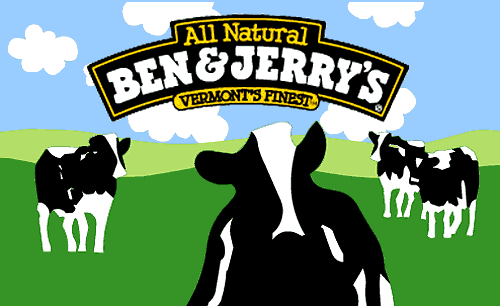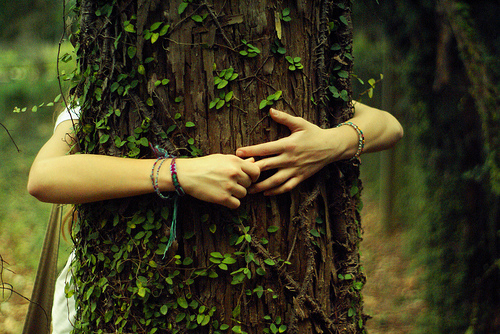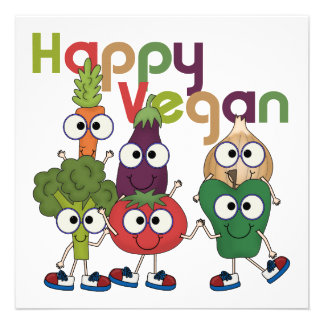The most common vegan
question is of course “Where do you get your protein?” But, after we get over
the fact that yes, plants give you enough protein and realize that rhinoceros’
do indeed become that large from plants; the bigger continuous question becomes
how do I deal with social situations as a vegan or aspiring vegan? Will I have
any friends, or be able to eat dinner with family ever again? Will everyone
think I’m a raving unshaven and judgmental hippie?
Here is some advice for if you are worried about being vegan
among non-vegans and vegan/vegetarians
The key to any vegan-related social situation is to remember
these three things:
1.
Your reasons for being vegan;
veganism is a way of respecting our deepest values, in our health or our
natural environment or for all living beings. Our values are more important
than any one social situation and no one can argue with you about what’s
important to you or what makes you feel good.
2.
You can NOT be perfect; It’s just
not humanly possible. Being vegan doesn’t mean that you do not make mistakes,
it just means that you are trying to avoid animal products as best you can. If
you find out that the crackers you had were not vegan, give yourself some slack
and just avoid them next time.
3.
You don’t have to know everything about
veganism; Because there aren’t that many vegetarians/vegans (yet), I
think we often feel like we have to know every little detail about
veganism/vegetarianism in order to defend our decision to be plant based. I
think that’s too much unnecessary pressure. It’s okay to say that you don’t
know something. Most people (including omnivores) don’t know where they get
specific vitamins like Vitamin A or B12.
At
college I had a vegan friend who when I first talked to her about veganism she
said with the hugest smile, “I love being vegan!” I like that. I think that
more people are likely to remember your enthusiasm for a plant-based life than
a list of vegetables that have calcium.
With that in mind, here are some tips for typical social
situations:
You’ve been asked out to eat by a non-vegan friend, who doesn’t know
that you are vegan.
·
Suggest a restaurant that you know has vegan
options.
·
If they suggest a restaurant, check the menu
beforehand to see what you can order or call ahead of time and ask for a vegan
option.
·
Let veganism come up naturally in conversation
(it often does!), seemingly by the other person. This gives you a chance to
have meaningful conversations without making the other person feel like they
are being judged for what they are eating.
You are asked out to a social event where you know meat will be the
center of attention (like a Barbecue or Thanksgiving dinner)
Scenario 1: Animal
meat doesn’t really gross you out, but you don’t know what you’ll eat.
·
Bring your own vegan dish. Just make sure to
pack extra because most guests will want to try it ;)
·
Eat before you go, there will probably be some
vegan side-dishes, but it’s always good to be prepared.
·
Focus on the conversations and the people you
are with rather than the food that you can’t have. I remember having trouble
with this, but after awhile I got better at putting people at the center of my attention.
Scenario 2: Animal
meat makes you a little nauscious and really sad, so you don’t want to go, but
you also don’t want to hurt the inviter’s feelings.
·
Life is short, so don’t do something that will
upset you. You can politely decline and be grateful towards the person for
thinking of and inviting you. I know that this has been a struggle for me at
times, but I also know that I can’t be a very good friend or relative if I’m
not true to myself.
·
You can also suggest doing something together
that doesn’t involve food such as going for a walk or bicycle ride or sharing a
pot of tea.
·
Invite your family and friends to a vegan meal
or dinner. You can host a vegan potluck, where others can try making vegan
dishes, even offer up some vegan recipes if they are stuck with what to bring.
The big truth of all social gathering around food is that it
is the company that is most important. The food and the day are really just
fluff compared the connections that you make with people. Veganism is a great
way to share what is important to you. Happy Socializing J



























